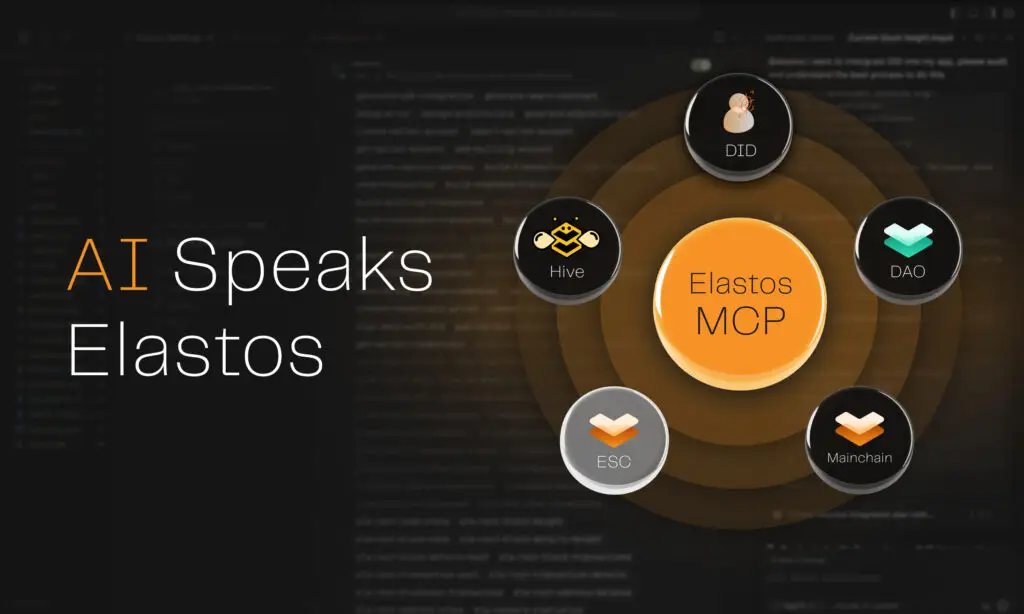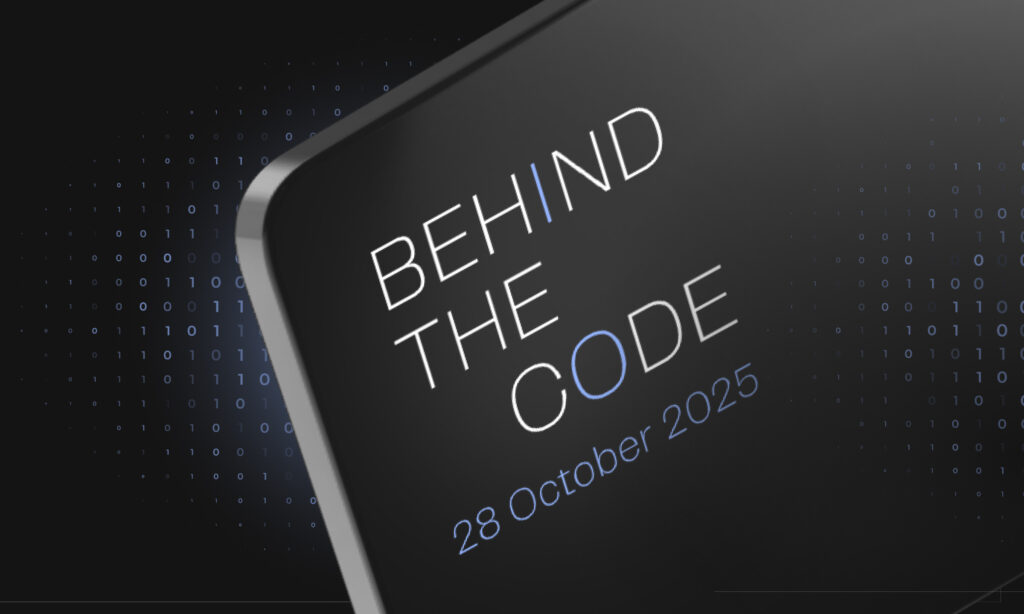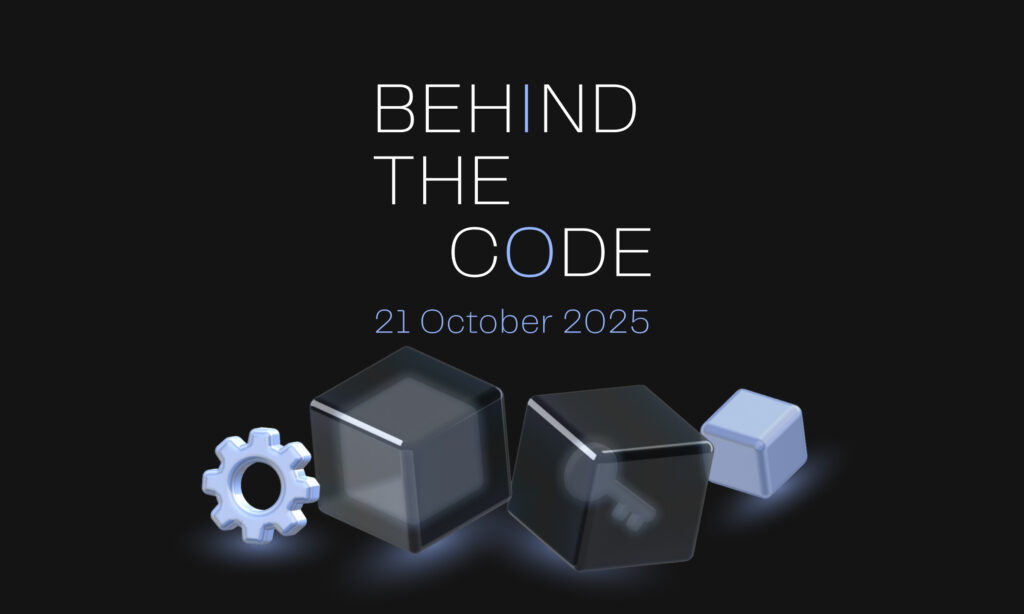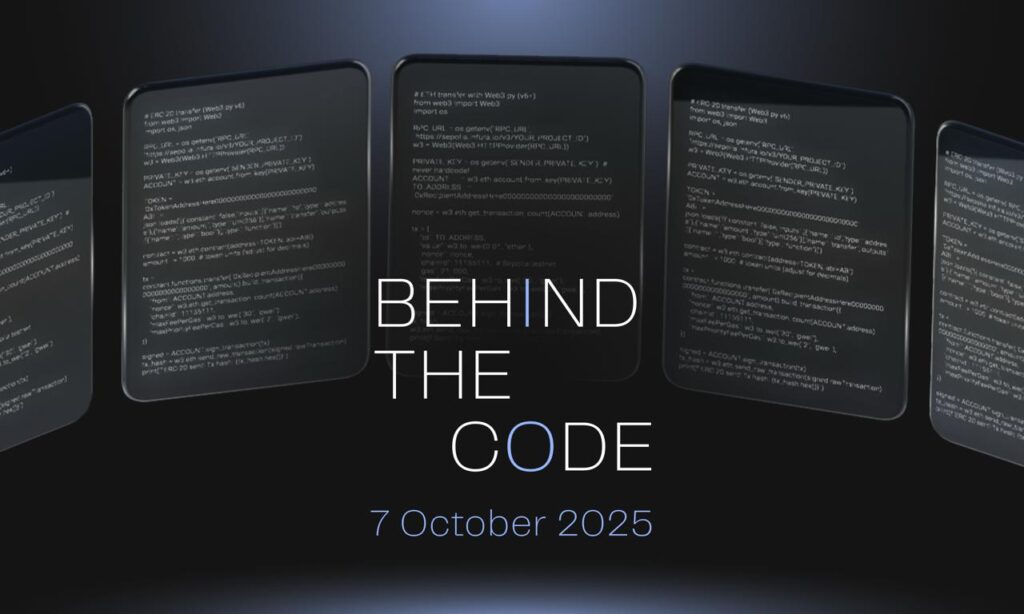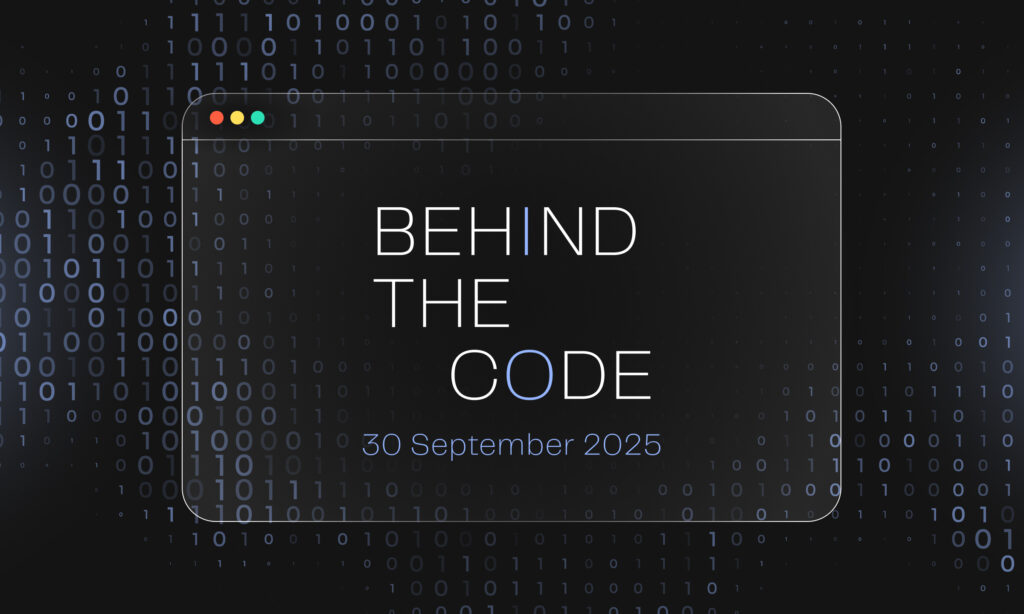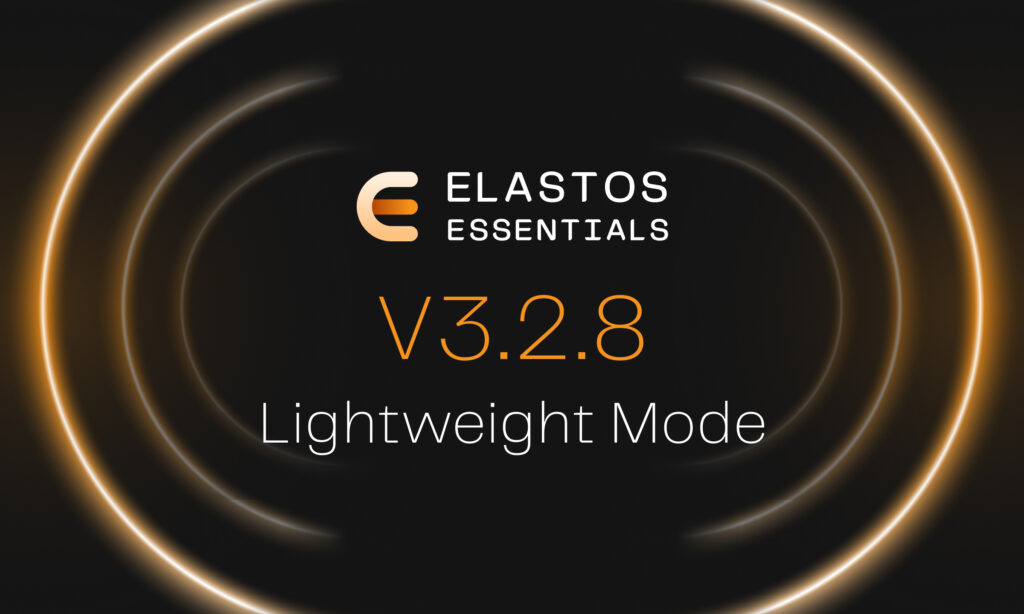For years, blockchain and AI have been two parallel revolutions, promising to upend industries, shift power from institutions to individuals, and remake the architecture of the internet itself. But until now, they’ve been speaking different dialects. Blockchain spoke in RPC calls and smart contracts; AI in tokens and embeddings. The Elastos MCP Server changes that, creating a common language that lets developers use their AI agents to build, test, and ship Elastos-powered solutions at full speed.
In the space of a single npx command, the MCP Server drops 141 blockchain operations into your development environment, all instantly accessible to AI-powered coding assistants. This isn’t a proof-of-concept or a fragile hackathon script, it’s a production-grade bridge across five Elastos pillars: the ELA mainchain, the Ethereum-compatible Elastos Smart Chain, decentralized identity, Hive storage, and bidirectional cross-chain transfers. Each is wrapped in type-safe, fully-tested interfaces, so your AI agent can help you spin up wallets, deploy contracts, store encrypted files, and orchestrate cross-chain logic without writing boilerplate from scratch.
If you’ve spent time in the Web3 trenches, you know the pain: fractured APIs, scattered SDKs, half-broken CLI tools. Elastos has boiled that mess down to one modular server you can run in stdio mode for IDEs like Cursor or Claude Desktop, or in HTTP mode for production deployments. It’s all TypeScript, all typed, all tested — 400+ test cases covering every corner of the stack. The server speaks JSON-RPC, REST, W3C DID, and IPFS, and it can even run in mock mode so you can prototype without touching a live chain.
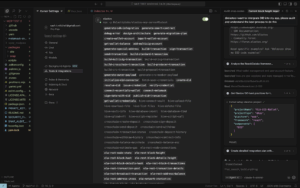
The numbers speak for themselves: 69 ELA mainchain operations, 38 ESC smart chain functions, 11 decentralized identity calls, 12 Hive storage commands, 11 cross-chain transfer actions, every single one with 100% test coverage. That means your AI coding partner can handle blockchain plumbing while you focus on higher-level product logic, whether that’s a dApp, a DAO tool, a verifiable credential system, or a next-gen identity service.
From a developer’s seat, the architecture is surgical. Independent resource providers mean you can scale or replace components without rewriting your entire integration. Security is baked in, with API keys, rate limiting, and a “mock mode” that keeps development safe. Drop it into your environment, and your AI assistant immediately gains the ability to execute real Elastos operations, on demand, as part of your coding workflow.
From a systems perspective, the Elastos MCP Server is less a standalone utility and more a new layer of the developer stack. If MCP becomes the standard protocol for AI-tool integrations, and it’s quickly trending that way, this positions Elastos not just as another blockchain, but as the blockchain ecosystem most directly accessible to AI-augmented developers.
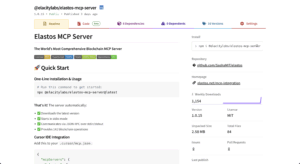
And that’s the real shift. Once AI-powered development environments can not only query blockchain data but orchestrate entire Web3 workflows, the speed and scope of what developers can build changes dramatically. The Elastos MCP Server isn’t about giving AI independent agency, it’s about giving developers a trusted, fully tooled workshop where AI works alongside them, weaving Elastos capabilities directly into their builds. The download is a single command:
npx @elacitylabs/elastos-mcp-server@latest
From there, your AI can help you write, test, and deploy Elastos-integrated apps in ways that were impossible a month ago. It’s not just a new tool, it’s a new interface between human creativity, AI assistance, and the decentralized internet.

